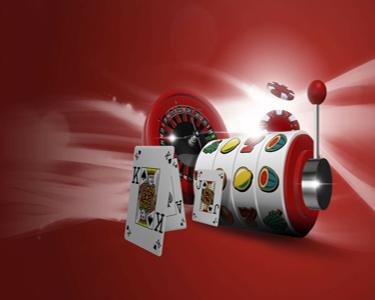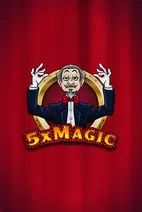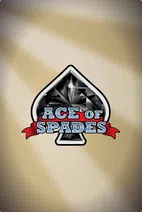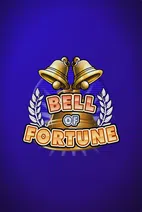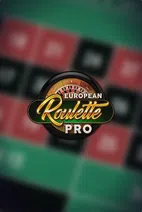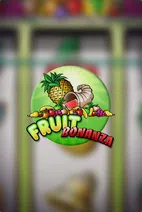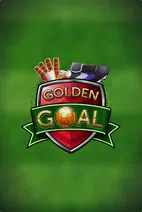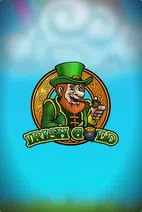A blackjack game is one of the few casino games that can be beaten using tricks. There are a few strategies that will help you win. Not only has the AllCasinobets team used all his mathematical skills to come up with a blackjack table that optimizes your probability of winning. The important thing here is that you won't win every time. But across all games, your chance of winning is very high. All you need is the blackjack strategy table. You can find the dealer's cards in the top row and your own in the columns below.
Based on this information, the blackjack table gives you a recommendation whether you should draw another card ("hit") or better not ("stand"). In addition, the blackjack table provides suggestions as to whether you should split your stacks ("split") or double the bet ("double down"). If you are still unfamiliar with these terms, don't worry. In the following, we will explain precisely how you can beat the house with a blackjack table and how blackjack actually works. We also list other strategies and myths of blackjack that will help you win great prizes.
How does blackjack work?
Blackjack is a card game that is played in Canadian casinos and is also available in each casino. Blackjack is a fairly straightforward game. The objective is to reach 21 as closely as possible without crossing it. You're playing against the dealer in this game. It all starts with two cards that every player receives. The dealer then asks whether the respective player would like to draw another card in turn. Each player then has the chance to get closer to 21. However, you should be careful because there are many cards that have a value of 10. Trying to beat the dealer's hand can quickly lead to getting over the magic 21. And so the respective game loses. Be sure also to keep your eyes on the dealer's cards. And this is exactly where a good blackjack table can help.
Blackjack and 21 — a difference
The name Blackjack refers to a combination of an Ace and a 10, where the 10 can consist of the number 10 as well as the usual cards with a value of 10, precisely jack, queen and king. Blackjack can only be awarded if you are dealt a 10 and an ace at the start. For example, if you start with 13 and decide to take another card in the course of the game, which then brings you to exactly 21, you don't have a "blackjack" but a "21."
By the way, the ace counts as eleven on the one hand, but it can also count as one in your sense. So if you have a hand of 20 and decide to draw another card (which the AllCasinobets on a hand of 20), and this card is an ace, you're lucky. Because then the ace counts as a 1 and brings you to 21.
Chances of winning in Blackjack
Since blackjack consists entirely of cards, and there is no house edge, you have an excellent chance of beating the casino. However, it's essential to make sure that you make intelligent decisions. If you always make the ideal moves, the house edge drops to a low 0.5% to 1%.
The only advantage the house has in blackjack is that the dealer is the first to receive his cards and can therefore decide first whether to take another card or leave his card hand like that. By the way, the casino dealers are not free to make their decisions here but must adhere to predefined rules.
These are transparently mentioned on the blackjack tables. It then says something like: "The bank draws until 16 and stays from 17". This means that the dealer will pick up new cards up to a card value of 16. For example, if he has a 10 and a 4, the dealer will definitely take a new card. If he has a 10 and a 7, he will leave it that way.
Blackjack strategy tables help you win
Getting a blackjack (an ace and a ten) right at the start, it usually returns 1.5 times your bet. If your bet was €10, you will be paid out €25 (your stake plus 1.5 times as a win). You can also see this listed at the table. It usually says, "Blackjack pays 3 to 2." Beware of tables where this rate is lower. In particular, in some land-based casinos, you'll see "Blackjack pays 6 to 5," which is a significant loss compared to the 3 to 2. With a stake of €10, you will receive €15 as a win (i.e. €25 in total). At 6:5, this is only €12 for the same bet (i.e. €22 total).
But just if you don't get a blackjack right away, you can win with the help of the blackjack table. Here, it is simply necessary to have a higher sum than the dealer. Or watch the dealer take too many cards and get over 21 and have to leave the game. If you have a higher number than the dealer, you will receive your win 1 to 1, so if it was €10, you would receive €20 back (€10 of your stake plus €10 win). If the dealer has to leave the game because he has reached 21, all players who are still in the game themselves will also receive a 1 to 1 win with a stake of €10, €20 back.
Therefore, make sure that you first learn and understand blackjack rules in depth. Then use the AllCasinobets's blackjack table to optimize your plays. The best way to do this is to bookmark this page in your browser or download the blackjack table to your PC by right-clicking on the graphic and selecting "Save As."
Blackjack rules — simply explained
Understanding the blackjack rules is extremely important if you want to play successfully. The standard deck of cards for blackjack is 52. Several decks of cards are generally used to make card counting more complicated: usually six. The respective decks of cards are inserted into a so-called card sled in casinos, which is called a shoe in English, and dealt with you from there.
In blackjack, players compete against the dealer. Therefore, the goal is to either have a higher number of points than the dealer. Or stay below 21 while the dealer has a score higher than 21 and loses the game. The game ends for a player as soon as he has more than 21 points. This is known as a "bust."
Blackjack starts with two cards
At the beginning of the game, the dealer deals each player two cards and deals himself two cards. Usually, the players'' cards are both face-up and visible to everyone at the table. The only exception in some blackjack variants is the dealer's cards, one of which often remains face down. This makes it harder for players to plan. You'll also see both of the dealer's cards at some tables. If you find such a blackjack variant, we advise you to use it earlier, as you are entirely sure what the dealer's hand is. This further reduces the house edge.
Four Moves in Blackjack
After the cards are on the table, the dealer in the row of seats will ask what your next move will be. You have the following options:
- Hit — Take another card
- Stand — Don't take another card
- Double Down — Double your bet (is worth it in the case of a promising hand)
- Split — The two cards into two single Split piles (this is only possible if you have a pair)
Be sure to consider the probability of getting a card worth 10 or a similar value. This is because it is comparatively high. With 52 cards, there are four of the following cards in each deck:
- Aces
- kings (number value 10)
- queens (number value 10)
- jacks (number value 10)
- 10s (number value 10)
- nines (often dangerous)
- eights (often dangerous)
- sevens
- six-five-foursome
For example, if you have a card value of 14 and decide to take another card ("hit") from a gut feeling, you would lose the game if this new card was 8 or higher. Because 14 plus 8 is the sum of 22. Exactly half of the cards would therefore be removed from the game. This is important to know because, with a card value of 14, you are quickly ready to pick up another card. However, the chance is 50% that you will get above the maximum 21 and lose the game.
